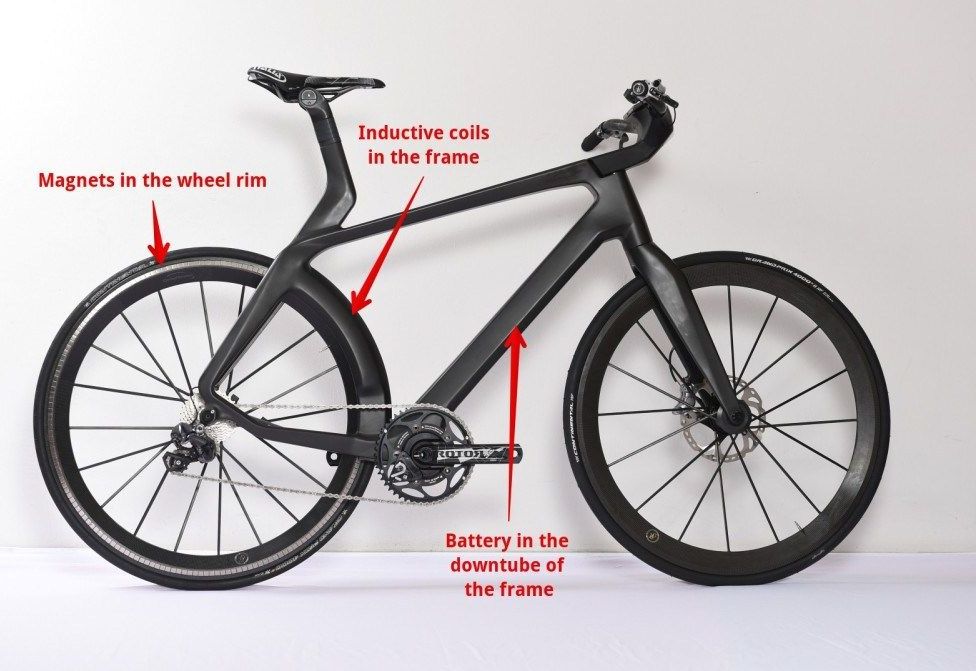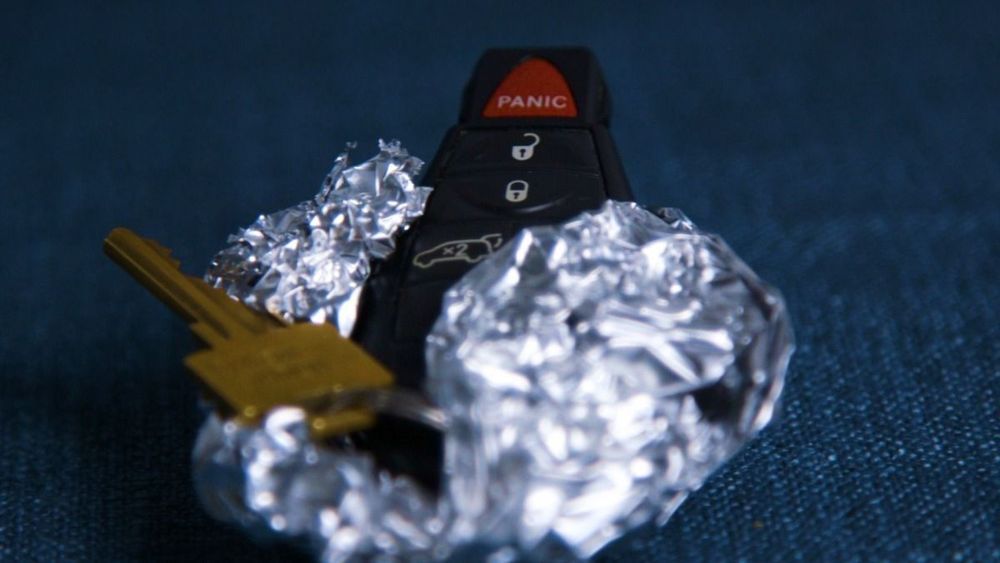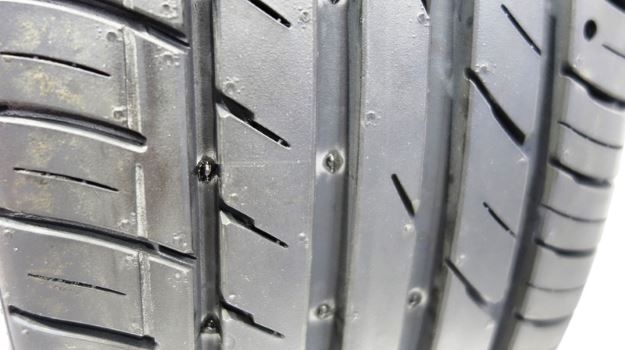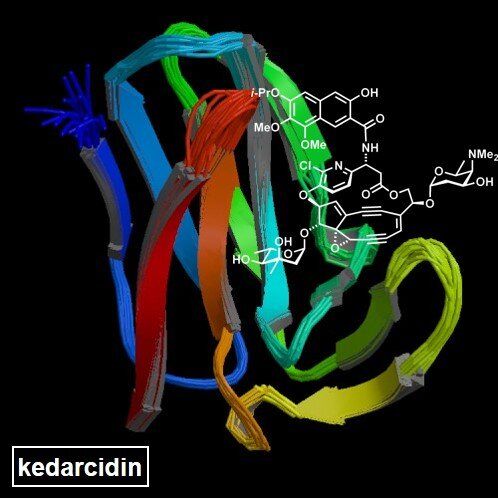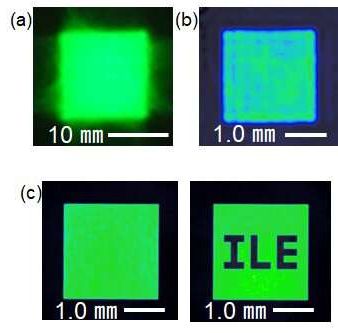Apr 24, 2019
Lightweight Velocité“Maglev” Hidden Motor Electric Bike
Posted by Quinn Sena in categories: energy, transportation
Imagine that instead of adding a motor to a bicycle, parts of the bicycle are designed to function as the motor.
In this case the wheel rim contains the motor magnets and the frame houses the inductive coils. The inductive coils use energy from the battery (hidden in the frame downtube) to repel the magnets on the rim to make the wheel spin.
Lightweight calls this “Maglev Transrapid technology” and they claim that this Velocité eBike can go up to 100 kph (62 mph) with its 500 watts of power! They are currently limiting it to 45 kph (28 mph) to fall with in the limits of a speed pedelec.
Continue reading “Lightweight Velocité‘Maglev’ Hidden Motor Electric Bike” »
